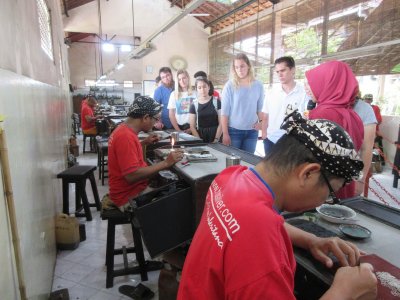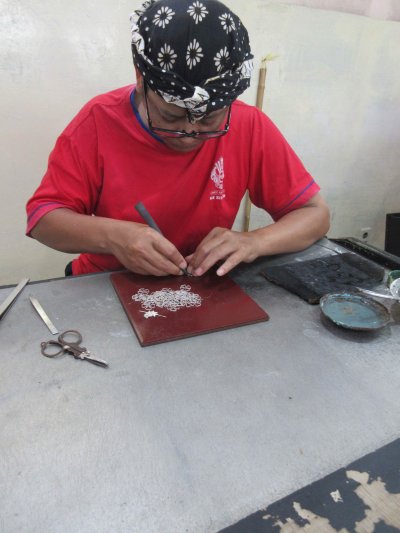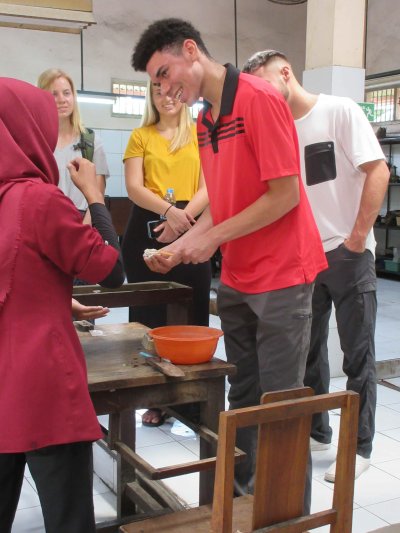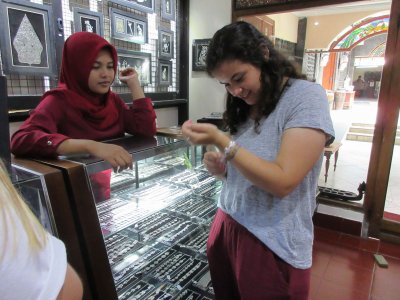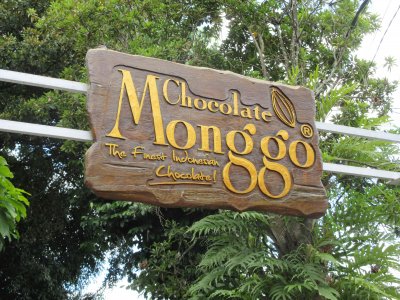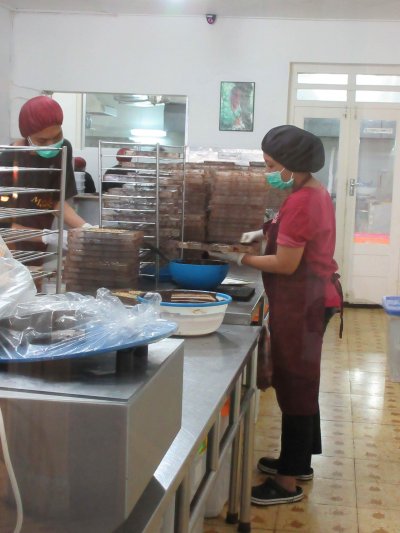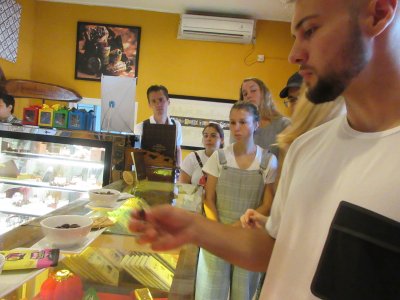Weeks 3 and 4 – Education and the Arts
Following a lecture on Education in Indonesia by Ibu Suwarsih, we made a visit to a non-traditional school where we visited classes and interacted with the students. Rather than “teachers” they have “facilitators” for each class and students work on a variety of projects that they are interested in. Some of the older students work on things like Javanese language and preparation for the national secondary school exams. Our group enjoyed participating in an informal soccer game and also some “follow the leader” motions in a music circle.
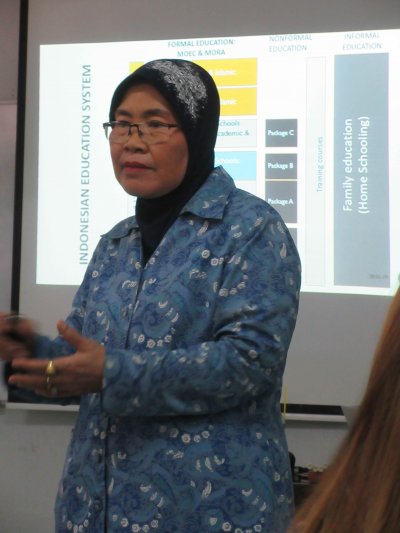
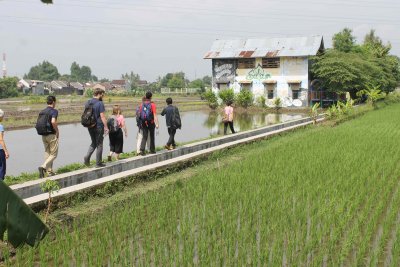
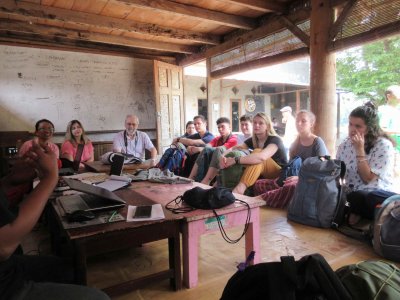
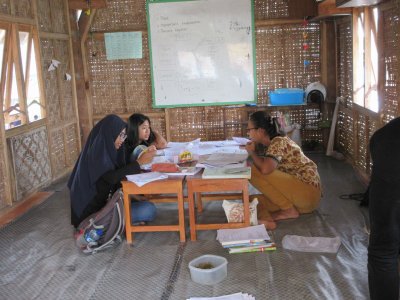
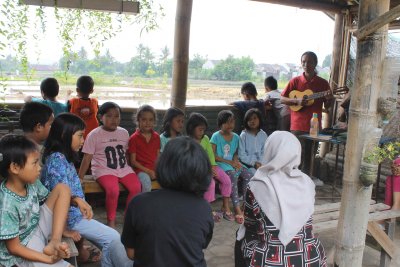
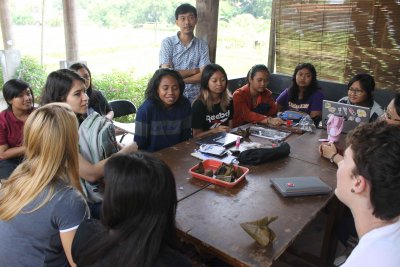
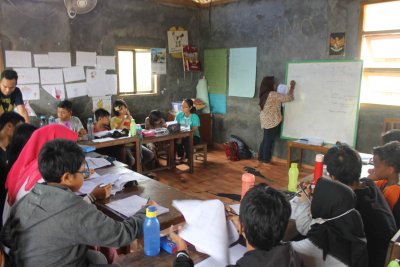
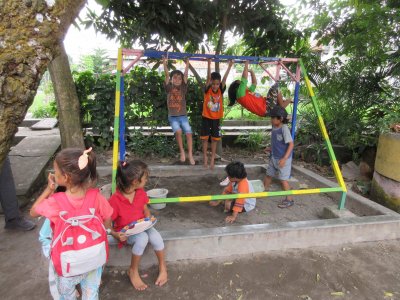
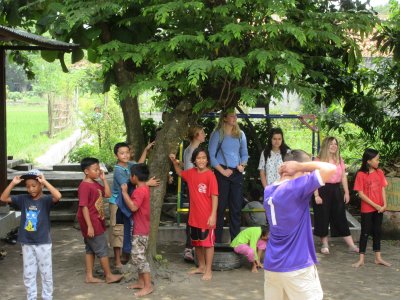
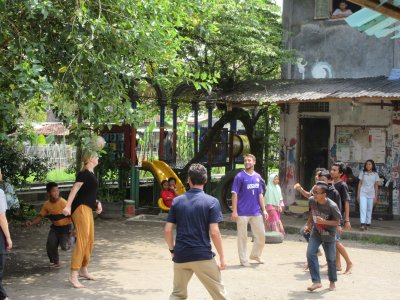
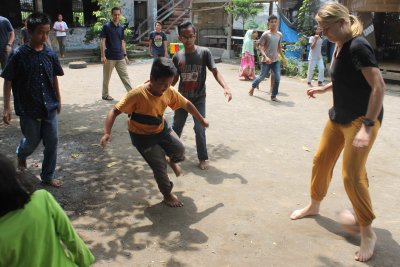
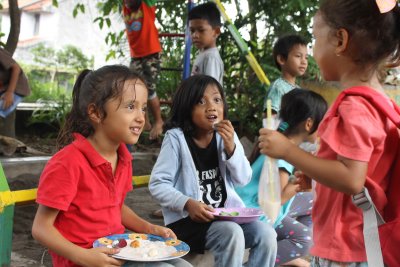
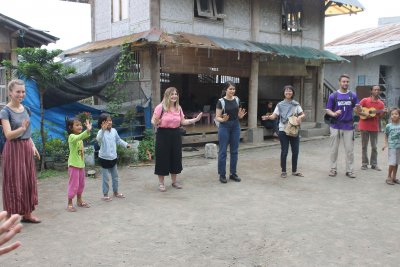
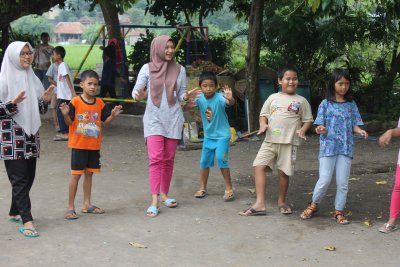
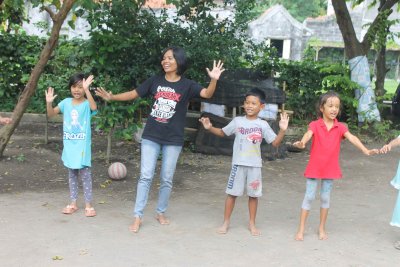
We visited the home and studio of a well-known architect and senior lecturer at Duta Wacana Christian University, Pak Eko Prawoto. His moto is “Defending local wisdom.” He is interested in using traditional materials, tools, and methods to create spaces that are in harmony with the natural world. Many of the structures on his property are restored Javanese buildings, and he has a blacksmith shop to create tools using traditional techniques. In addition he has a large collection of traditional tools in a small museum. His wife prepared a delicious lunch for us to share with them.
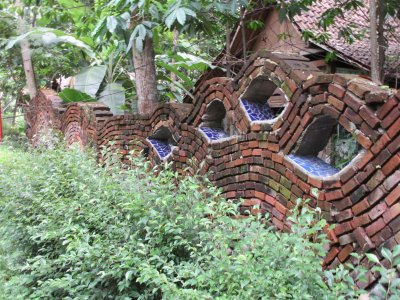
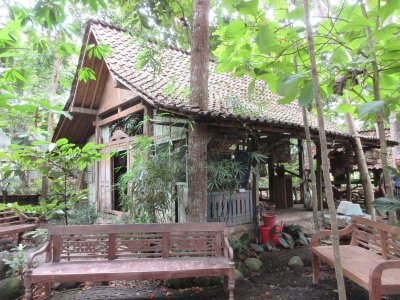
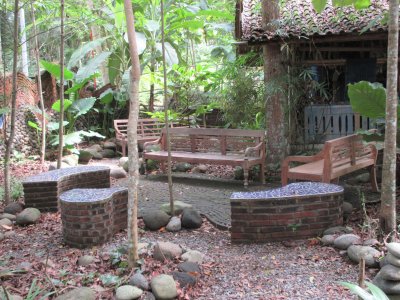
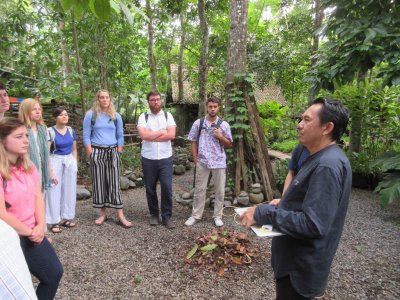
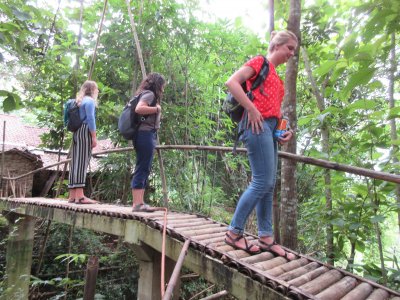
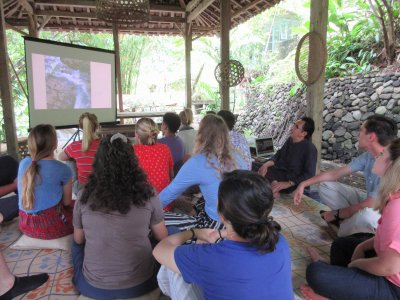
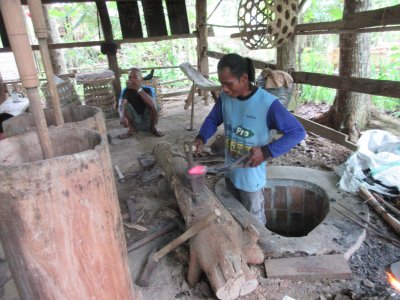
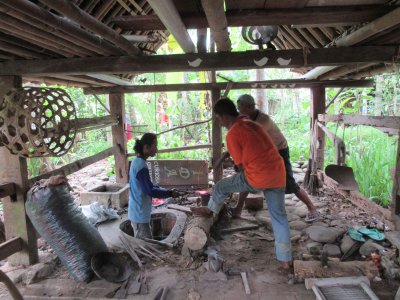
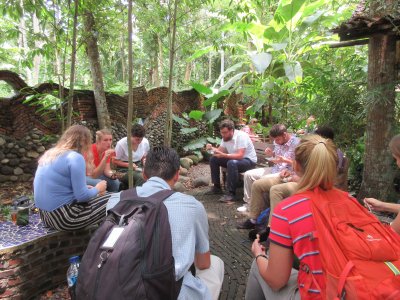
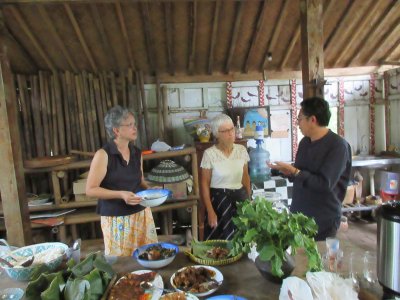
We were invited by Reti Gingerich, wife of the late Duane Gingerich, to spend a day in the village of Drono. We used the opportunity to explore the village and then were entertained by a group of gamelon players both before and during our lunch. In addition we were treated with a demonstration of traditional Javanese dance. Before the day was over students had an opportunity to learn a little about how to play the gamelon as well as some of the basic dance moves. It was a very enjoyable day.
Reti and Duane were the donors of the gamelon that was delivered to Goshen College this past year.
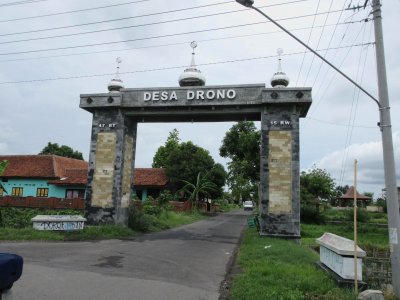
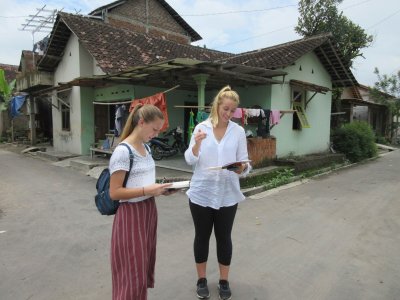
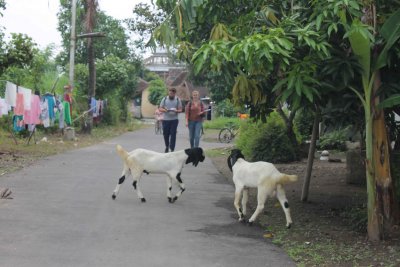
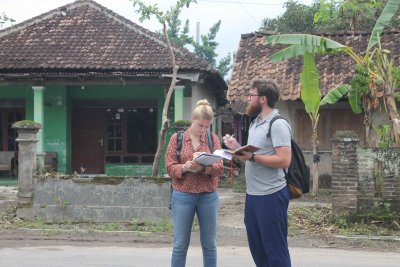
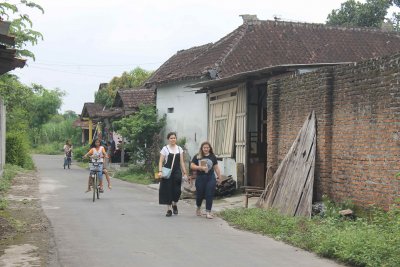

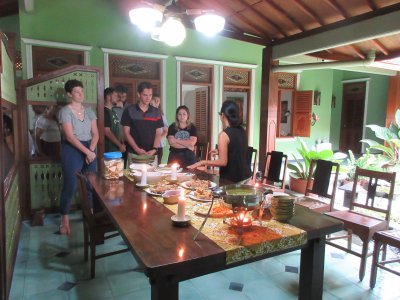
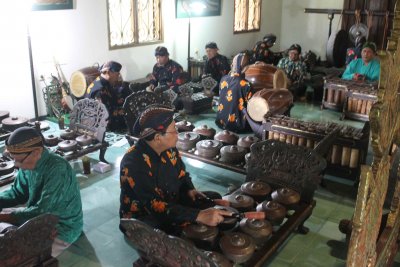
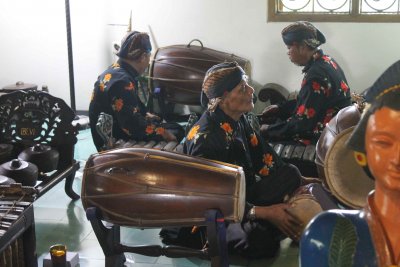
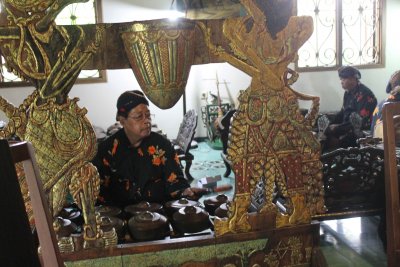
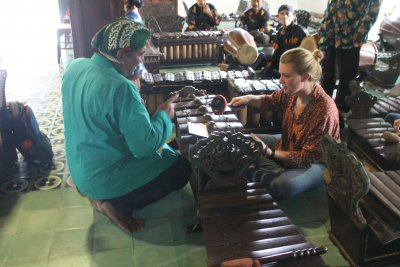
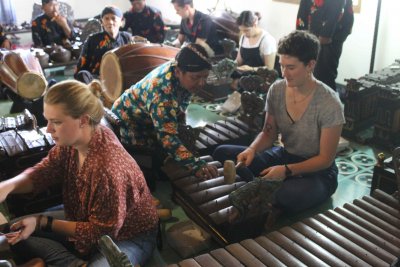
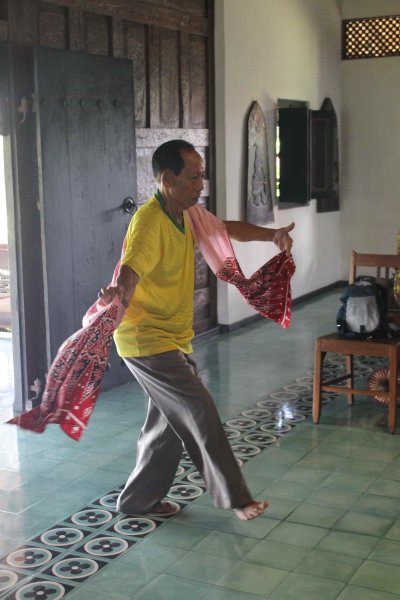
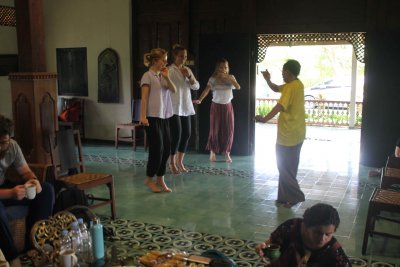
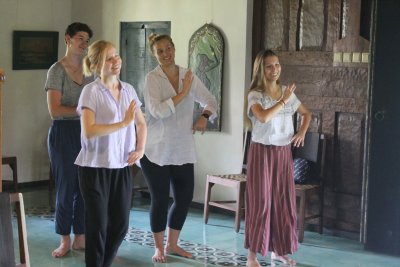
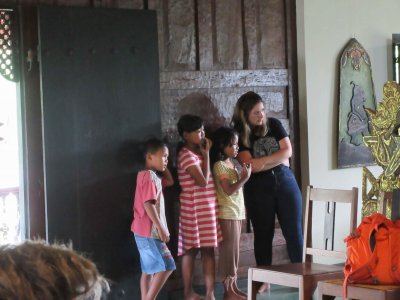
Our scheduled visit with famous dancer, Didik Nini Thowok, had to be changed because he was asked to dance for the President of Indonesia that day, an indication of his status as a dancer. We met with him at his studio and learned a lot about his approach to his art and craft. He draws from many different traditional dance forms that exist in Indonesia and also other parts of Asia and even the wider world. He has a vast collection of costumes and masks which he showed to us and encouraged us to try on. One item unique to him is a headdress with a mask on the back of the head that allows him to play two different characters at once. In the evening after we met with him he did a short performance in one of the largest malls in Yogyakarta. It used a combination of Chinese and Balinese dance forms.
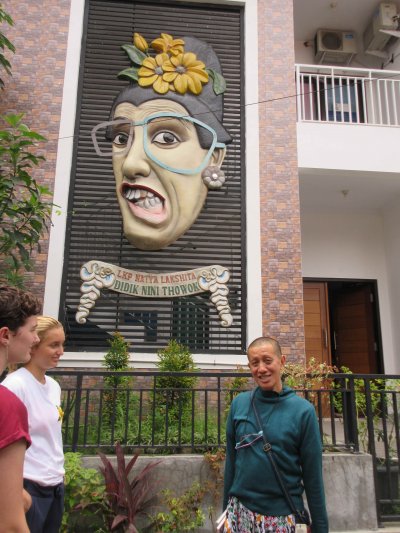
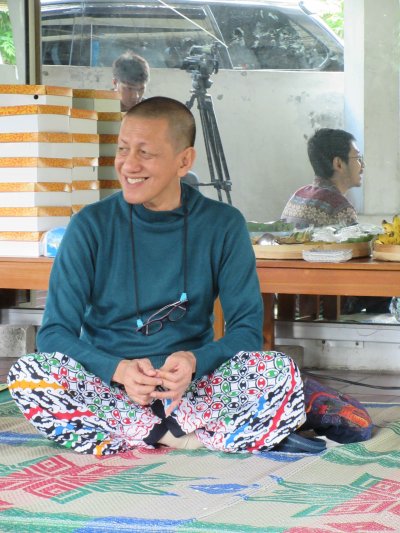
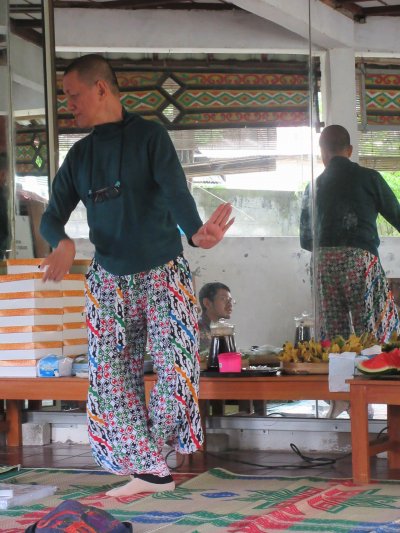
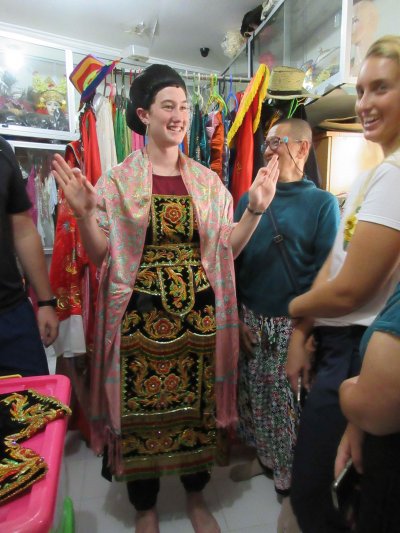
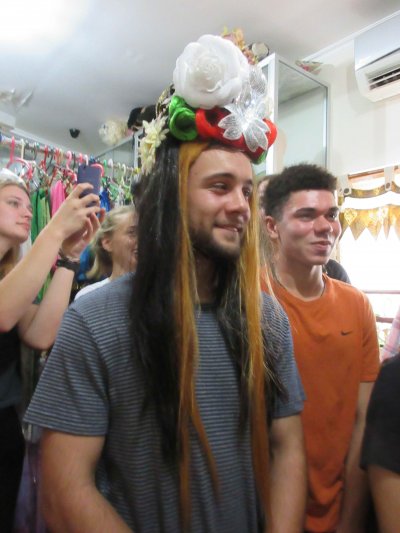
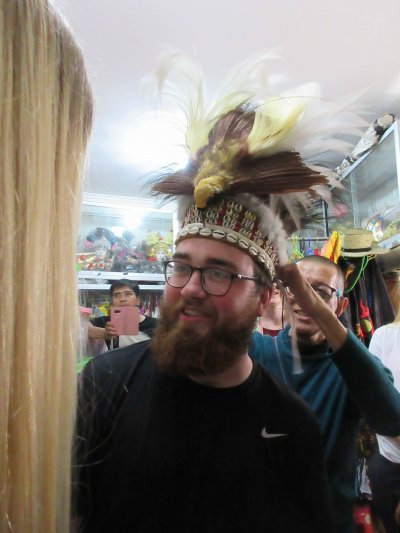
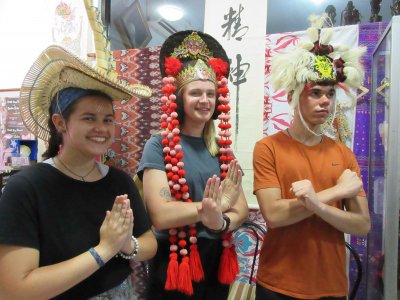
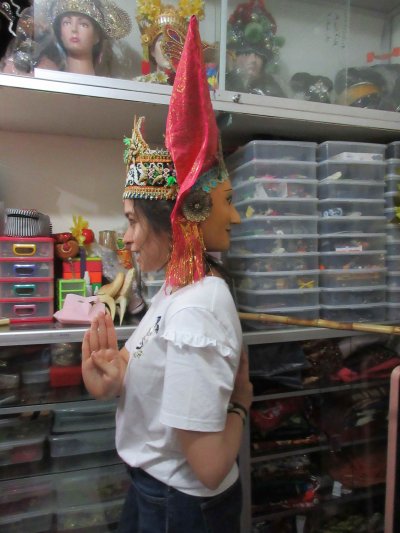
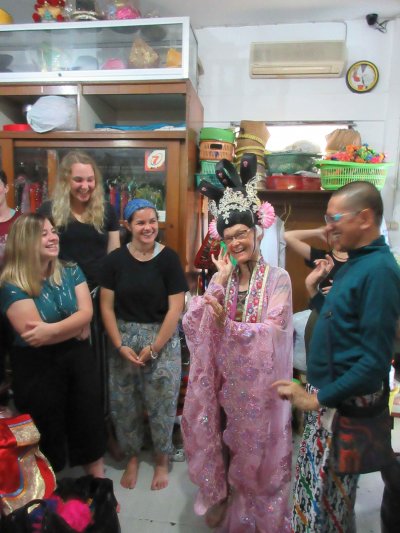
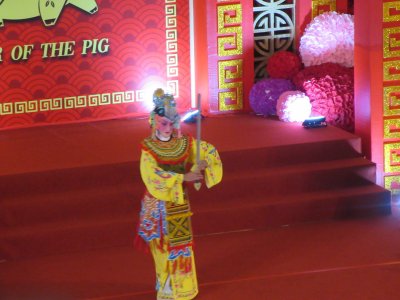
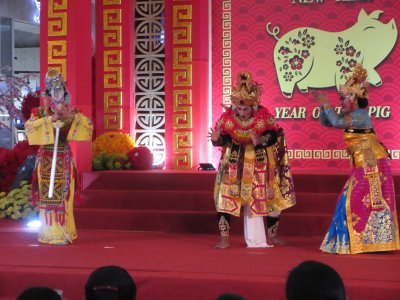
Finally, we took a short tour of two local craft industries one morning. First was a large silver works that has been in existence for over 100 years and continues a craft that has existed much longer than that. Second was a chocolate factory that is relatively new to Indonesia. Although raw chocolate has been produced in Indonesia for a long time, the manufacturing of the final product was only introduced here about 12 years ago by a Belgian man who missed his Belgian chocolate.
